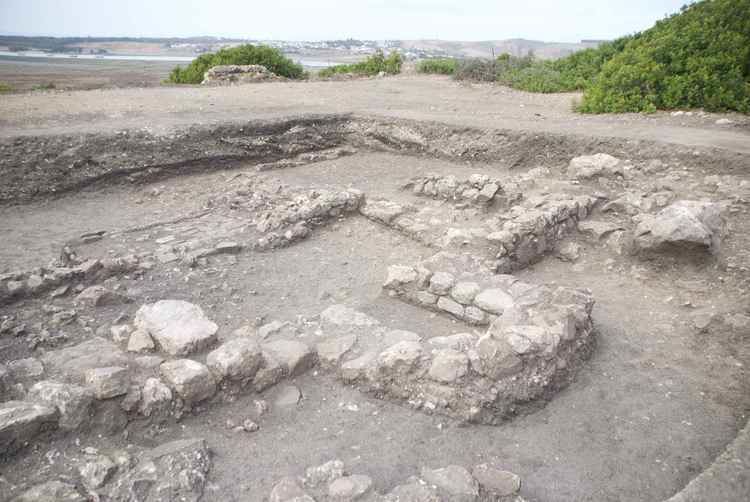Type Settlement Founded 7th century BC | Local time Thursday 8:33 AM | |
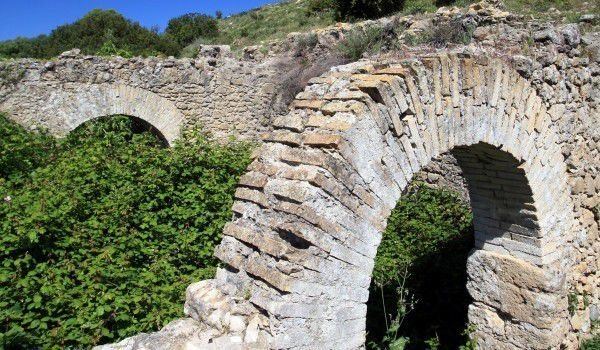 | ||
Weather 12°C, Wind NW at 13 km/h, 62% Humidity | ||
Lixus is the site of an ancient Roman-Berber-Punic city located in Morocco, just north of the modern seaport of Larache on the bank of the Loukkos River. The location was one of the main cities of the Roman province of Mauretania Tingitana.
Contents
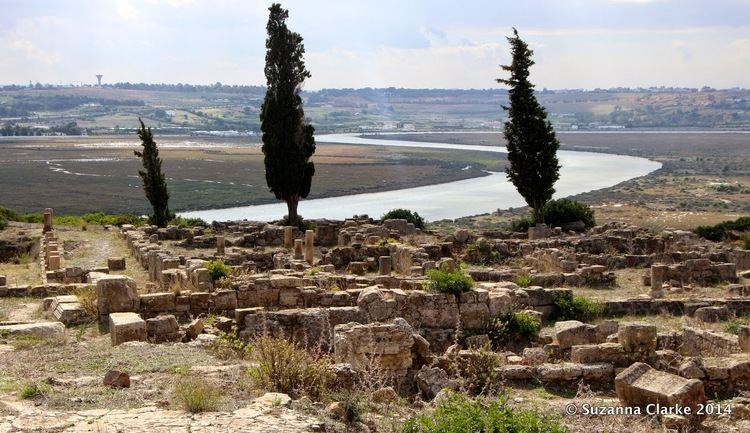
Geography
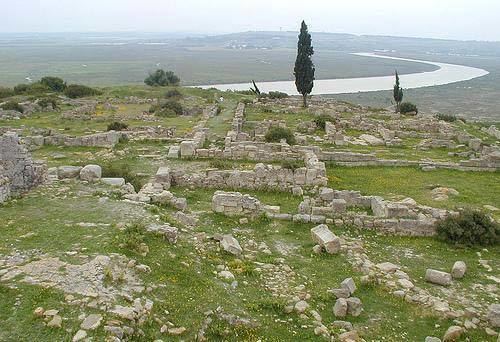
Ancient Lixus is located on Tchemmich Hill on the right bank of the Loukkos River (other names: Oued Loukous; Locus River). It lies just to the north of the modern seaport of Larache. The site lies within the urban perimeter of Larache, and about three kilometres inland from the mouth of the river and the Atlantic ocean. From its 80 metres above the plain the site dominates the marshes through which the river flows. To the north, Lixus is surrounded by hills which themselves are bordered to the north and east by a forest of cork oaks.
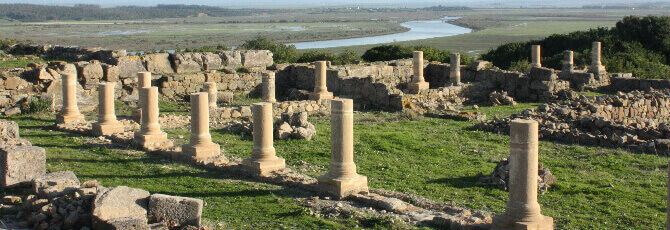
Among the ruins there are Roman baths, temples, 4th century walls, a mosaic floor, a Christian church and the intricate and confusing remains of the Capitol Hill.
History
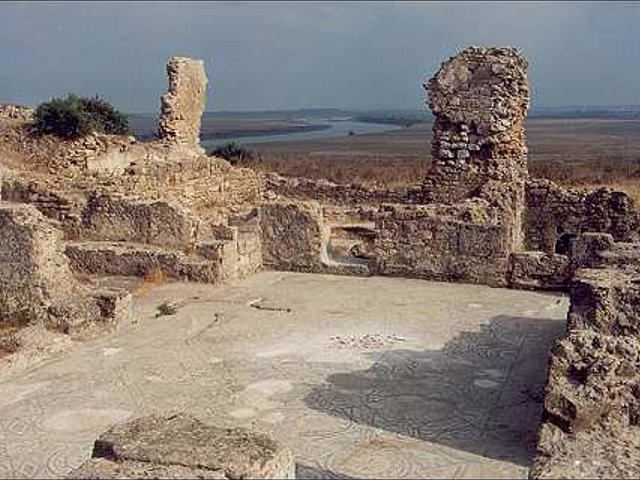
Lixus was first settled by the Phoenicians in the 7th century BC, and was later annexed by Carthage. It was part of a chain of Punic towns along the Atlantic coast of modern Morocco; other major settlements further to the south are Chellah (called Sala Colonia by the Romans) and Mogador. When Carthage fell to Ancient Rome, Lixus, Chellah and Mogador became imperial outposts of the Roman province Mauretania Tingitana.
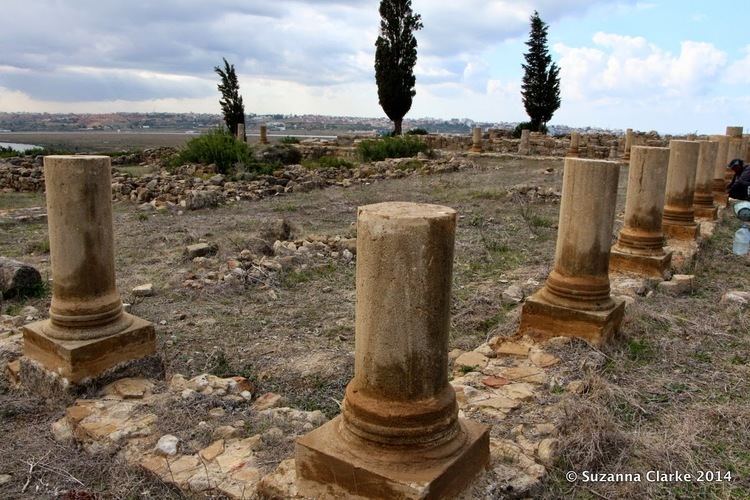
The ancient sources agree to make of Lixus a counter Phoenician, which is confirmed by the archaeological discovery of material dating from 8th century BC. It gradually grew in importance, later coming under Carthaginian domination. After the destruction of Carthage, Lixus fell to Roman control and was made an imperial colony, reaching its zenith during the reign of the emperor Claudius I (AD 41-54).
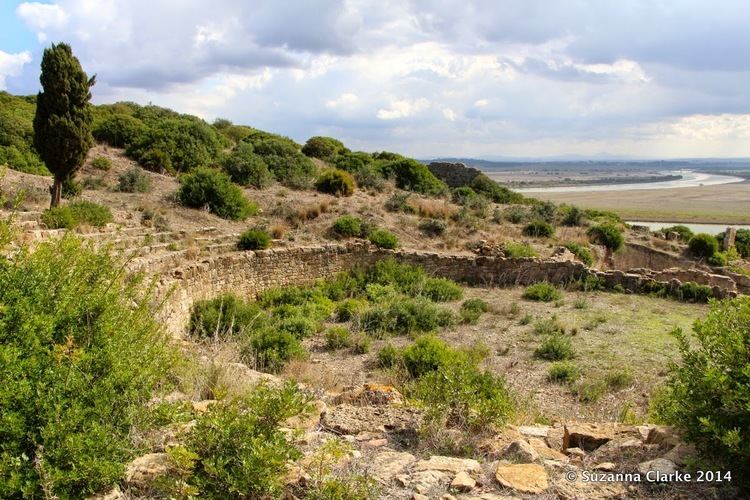
Some ancient Greek writers located at Lixus the mythological garden of the Hesperides, the keepers of the golden apples. The name of the city was often mentioned by writers from Hanno the Navigator to the Geographer of Ravenna, and confirmed by the legend on its coins and by an inscription. The ancients believed Lixus to be the site of the Garden of the Hesperides and of a sanctuary of Hercules, where Hercules gathered gold apples, more ancient than the one at Cadiz, Spain. However, there are no grounds for the claim that Lixus was founded at the end of the second millennium BC.
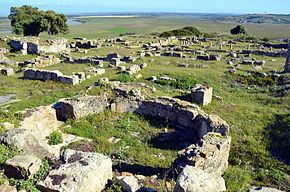
Lixus flourished during the Roman Empire, mainly when Claudius established a Roman Colonia with full rights for the citizens. Lixus was one of the few Roman cities in Berber Africa that enjoyed an amphitheater: the amphitheater at Lixus. In the third century Lixus become nearly fully Christian and there are even now the ruins of a paleochristian church overlooking the archeological area. The Arab invasions destroyed the Roman city. Some berber life was maintained there nevertheless until one century after the Islamic conquest of North Africa by the presence of a mosque and a house with patio with the covered walls of painted stuccos.
Archaeological works
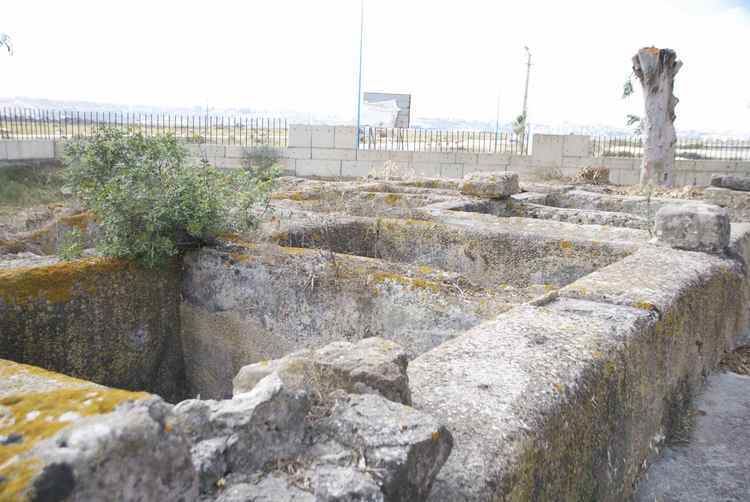
The site was excavated continuously from 1948 to 1969. In the 1960s, Lixus was restored and consolidated. In 1989, following an international conference which brought together many scientists, specialists, historians and archaeologists of the Mediterranean around the history and archaeology of Lixus, the site was partly enclosed. Work was undertaken to study the Roman mosaics of the site, which constitute a very rich unit. In addition to the vestiges interesting to discover the such mosaics whose one of sixty meters representing Poseidon. Lixus was on a surface of approximately 75 hectares (190 acres). The excavated zones constitute approximately 20% of the total surface of the site.
World Heritage Status
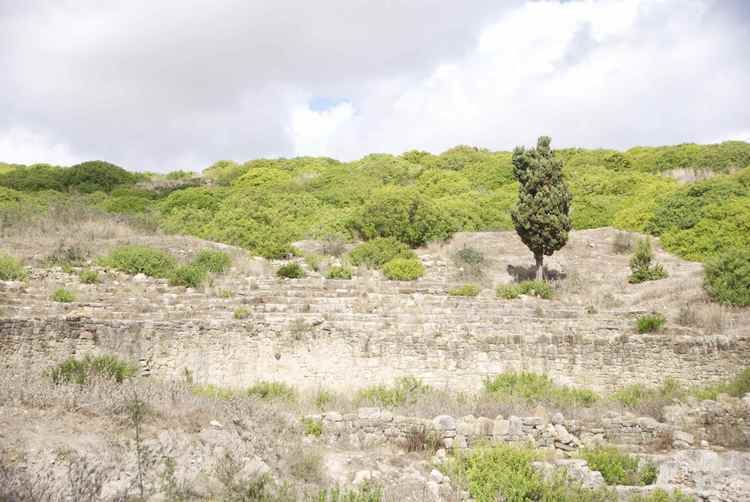
This site was added to the UNESCO World Heritage Tentative List on July 1, 1995 in the Cultural category.
